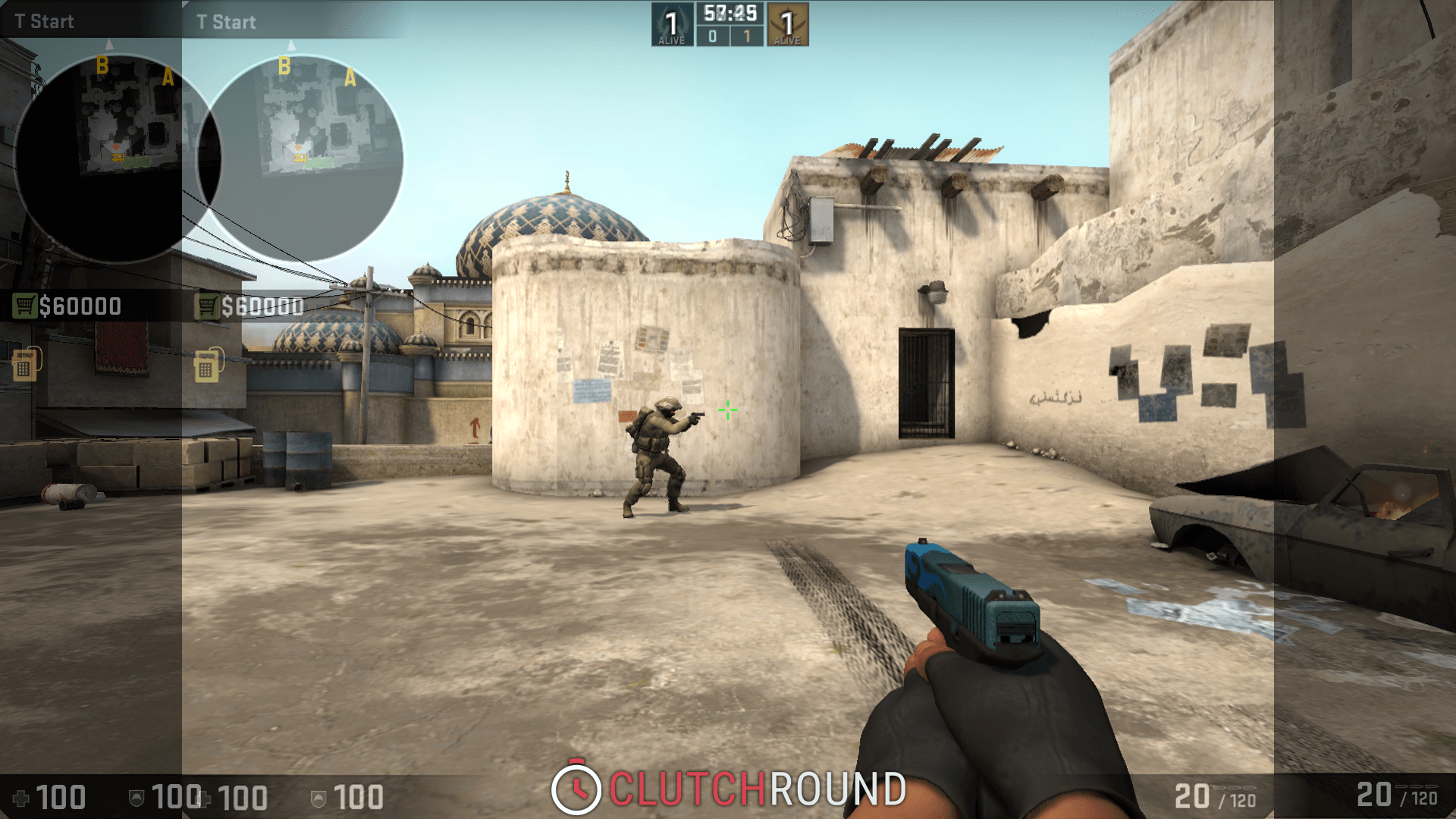
Throwing DLSS into the mix suddenly means that even enabling hardware-based ray tracing is possible, and at much higher frame rates too.

Native game reslutions Pc#
Here are a few benchmarks of a couple of PC games on an RTX 3080 without DLSS or Ray Tracing enabled, and you can see just how heavily the toll is on increasing the resolution.
Native game reslutions 1080p#
The take away from that video though is while technology such as Ray Tracing is so important, efficient control over the rendering pipeline (which on the PC and Xbox is via Mesh Shaders, and on PS5 is driven more by the Hardware-based Geometry Engine and Sony’s own shaders) actually enables this.Ĭulling geometry which falls outside of view (either outside of screen space or simply blocked by another piece of geometry), shading objects in motion in lower quality are all in the name of freeing up GPU performance, which in turn can be used for technology such as hardware-based Ray Tracing, but as you’ve likely figured out by now, image reconstruction is perhaps the biggest part of this puzzle.ĤK is 3840×2160 pixels, which is 4x the number of pixels of 1080P (1920×1080), a huge increase in the amount of stuff that the console or PC graphics card is being asked to draw per frame if we’re talking about native resolution. In a previous video, I detailed DirectX 12 Ultimate and why it was so important, so I’ll leave a link to that too, as we covered topics such as mesh shading. Thankfully, Microsoft and Sony have access to a lot of technology which helps maximize the performance of the GPU, with lots of additional technology.

That is, 36 CU x 64 Shaders Per CU x Clock Frequency, and this formula is consistent on either Polaris or RDNA 1. You can clearly see the difference in the performance of the two graphics cards, despite the actual raw TFLOPS at the same configuration being identical. The RX 5700 features Navi 1x (RDNA 1) with 36 Compute Units, and the RX 480 is based on the Polaris architecture, also with 36 Compute Units.
Native game reslutions series#
I’ve covered DLSS and the quality of it on the channel before, and I’ll leave it down below, but consider that a brief of the basics of how DLSS works.įor the Playstation 5 and Xbox Series X, there’s a lot of discussion of 120FPS, 4K, ray tracing and all of the other usual buzzwords which have been flying around since the hype for this generation started, but looking at the GPU performance uplift from Xbox One X to Series X, and we can see that 6TFLOPS to 12 isn’t a huge uplift.Īrchitecture efficiency has a big role to play here, and indeed, the work that RDNA 2 can do per clock is considerably more than the Polaris based architecture found inside the Xbox One (see this image where we’re seeing what RDNA 1 can do versus Polaris with similar GPU configurations), and Series X also has a much better balance for Pixel Fill Rates, and Geometry, ie, it can do more with those 12 TFLOPS of RDNA 2 than what a 12TFLOPS Polaris based GPU could achieve, but still, the raw performance metrics are hard to ignore.

The training part is the computationally difficult part, and after this, all of that data becomes just a very small bit of trained code, and can be run on your home GeForce cards, in what is known as “Inference”. Obviously, at the start, it isn’t great at this task, but eventually, the neural network starts to learn, generating images which are either close to, or in best scenarios, look better than, the original reference work. These systems use ultra-high-resolution reference images of a game (say the new COD) at a resolution such as 16K, and then take lower resolution footage (at say 1080P) and the neural network has the job of making the low-quality image look just like the high-quality reference image. The Training part of Nvidia’s DLSS is just what it says on the can, using high-performance supercomputers many times more powerful than anyone can ever hope to have in their homes (outfitted with tons of CPUs and several graphics cards, all networked together into huge supercomputer clusters).

I want to quickly run over how this works, and then go into how I think consoles and AMD’s own technology (FidelityFX Super Sampling) will change gaming for the better, and how native pixels no longer have a place in judging the image quality.


 0 kommentar(er)
0 kommentar(er)
